Petunias are a staple in many gardens due to their delicate shape and vibrant colors that enhance the mood.
However, these fantastic plants are the first to succumb when the cold winter weather comes.
Petunias are not as hardy as pansies and barely survive the winter unless you provide them with proper care and management.
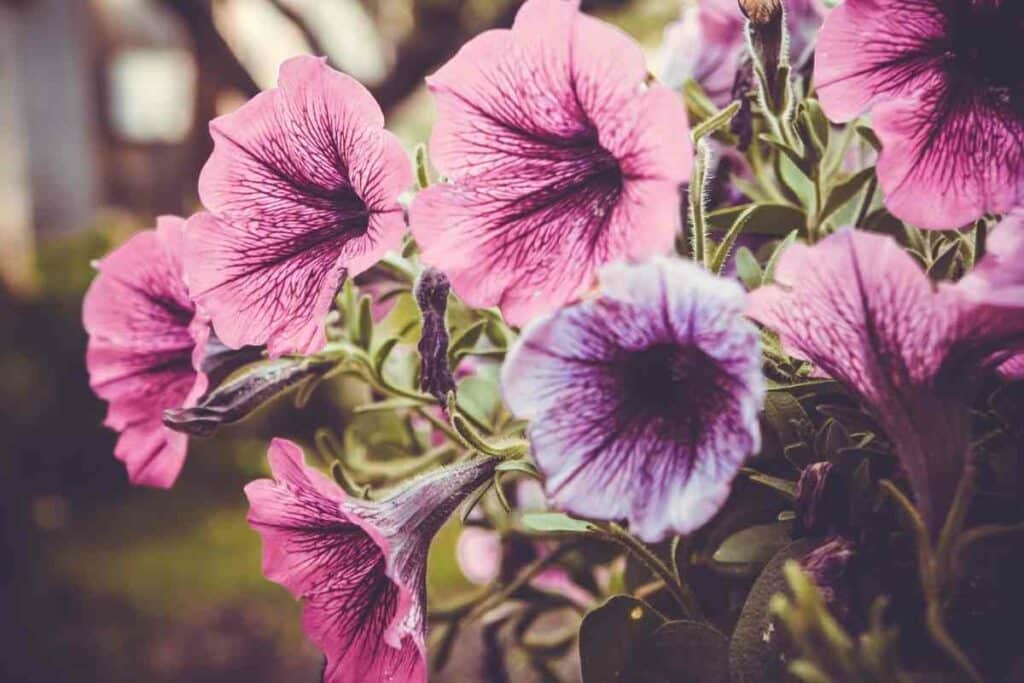
These delicate tropical plants are usually grown by most gardeners as annuals but are classified by the USDA as perennials in zone 9 and 10.
This is because prolonged frost will kill your petunias during the winter.
Can Petunias Survive Frost
These beautiful flowers are not frost-tolerant; sometimes, even a mild frost is enough to affect their bloom adversely.
On prolonged frost, petunias start wilting, and their leaves turn to a brownish color. Eventually, the flowers become dilapidated and gradually die.
When winter temperatures are below 39 degrees F, your petunias will not survive. It is the reason why experienced gardeners plant them in pots.

When winter comes, they are taken indoors to prevent them from getting damaged by the frost.
However, they are not damaged immediately by the frost; they have a short period where they can endure.
Petunias will start experiencing damage when the temperatures hit 50 degrees F.
They will eventually begin to die when the temperature dips below 39 degrees F.
Heads Up! A bit of frost will not kill the plant but will leave some significant damage. If the frost is not prolonged, proper care and management can restore the plant to its healthy state.
Hence, if you live in regions of temperate winters, you may leave your petunias outside but ensure you cover them during the night when the temperatures are expected to drop.
How Tolerant Are Petunias To Cold Weather
Most tolerant plants, such as pansies, only require mulch since they can withstand freezing temperatures.
However, petunias are pretty delicate and will require more management.
Petunias are grown as annuals by most gardeners, although those living in warmer zones such as 10 and 11 can grow them as perennials.
Therefore, in most places in the US, they are warm-season annuals and will not survive winter since frost easily damages them.
During the day, petunias thrive when the temperatures remain between 61 and 85 degrees F.
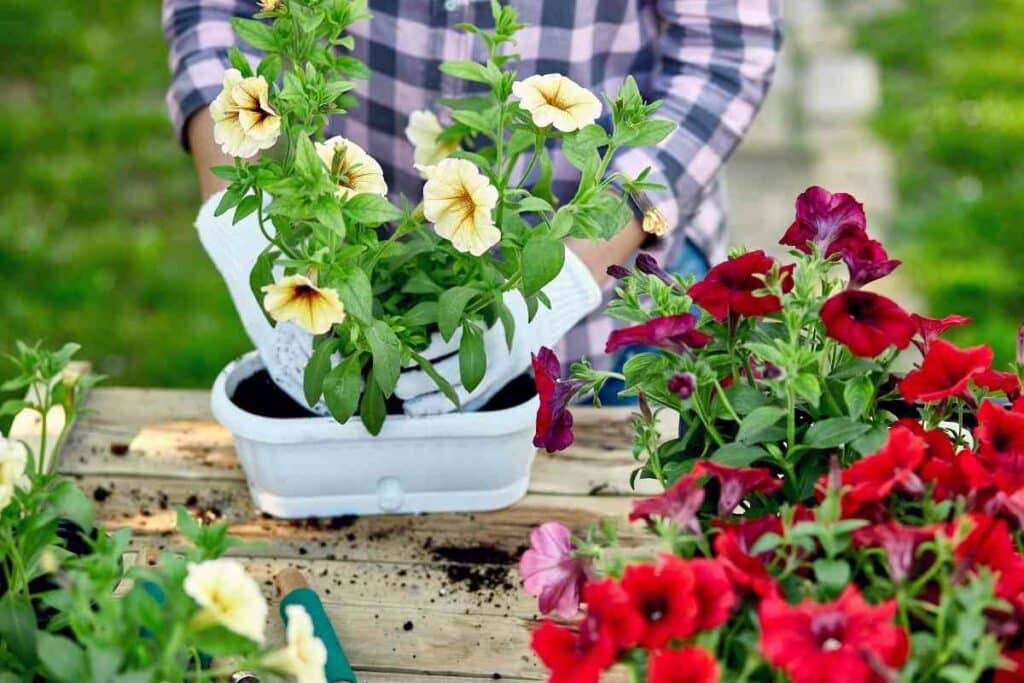
However, since nighttime temperatures often drop below 50 degrees F, cover your petunias with a sheet. Remember to remove the covering when the temperatures start rising during the day.
Pro Tip – Anchor the sheet with bricks or rocks. Using a plastic anchor may encourage the collection of water, which will make the soil soggy. Moist-saturated soils will damage your plants.
Petunias generally can withstand low temperatures as long as they don`t go below 39 degrees F.
However, with technological advancement, some purported winter-resistant petunias varieties have been developed.
The ‘Below Zero’ petunia is a hardy variety that has been designed to tolerate temperatures that are below 39 degrees F.
The variety developer asserts that it can withstand temperatures that do not dip below 14 degrees F.
Therefore, based on the claim, this type of petunia will survive the winter frost in most places.
As such, it can be planted together with primroses and pansies in early spring to give your garden that impressive appearance even in winter.
However, ‘Below Zero’ petunia may not be available for purchase in your local store.
How To Protect Your Petunias From Frost
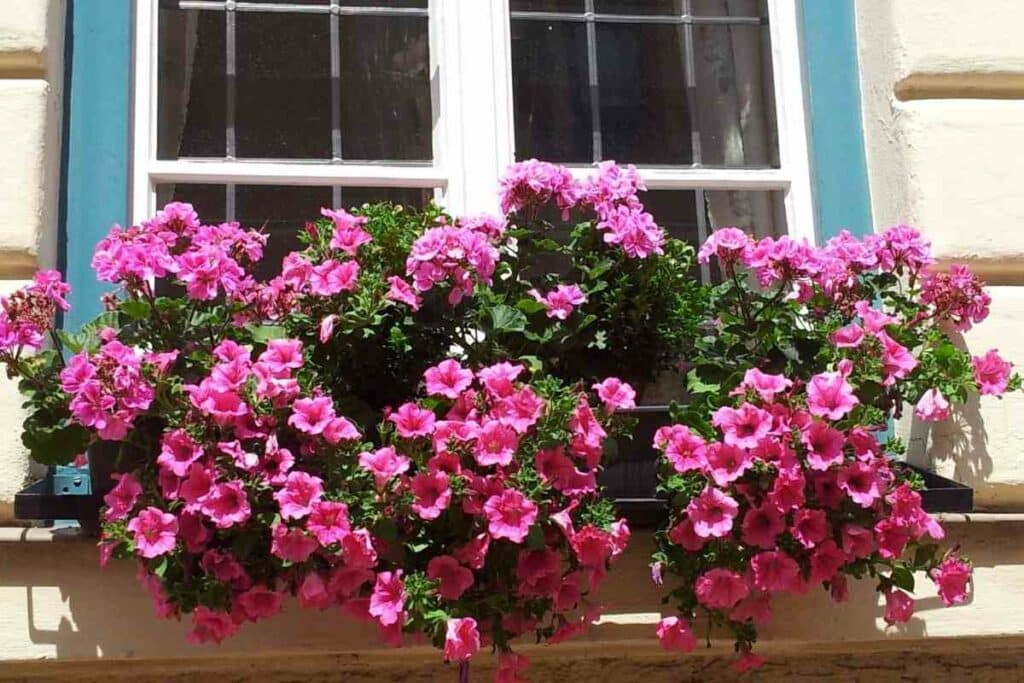
There are several ways that you can protect your petunias from frost, including the following.
Mulching
Use a light mulch to cover the base of your petunias.
The trapped heat will insulate the soil and the roots from the freezing winter weather. In this case, you can use leaves, hay, or straws as your mulching material.
It would be essential to ensure that the mulch is dry to prevent fungal growth. This is because dump conditions encourage rot which can damage the roots of the petunias.
Mulching is an essential protective procedure that can help you, especially when the frost is mild.
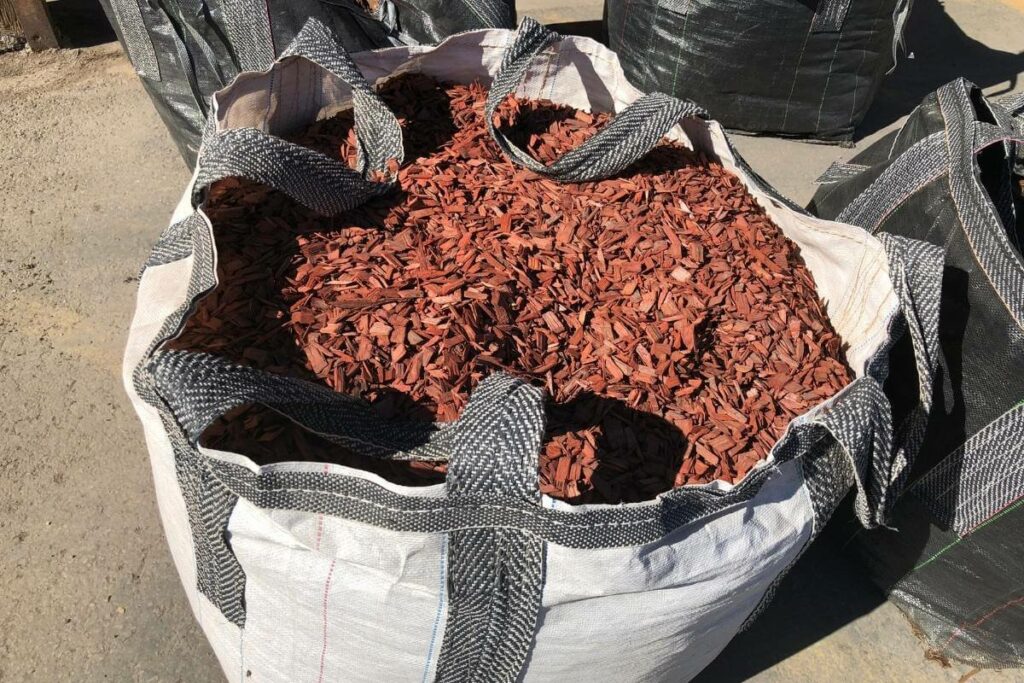
Using Frost-Resistant Varieties
If you live in regions that experience cold winters and you love petunias, it will be best if you research the best varieties to grow.
Choosing the type compatible with your area is among the best ways to protect your petunias from frost.
‘Wave Pink’ and ’Supertunia Vista Bubblegum’ are among the most popular frost-resistant varieties.
Also, ‘Tidal Wave Silver’ has exceptional tolerant characteristics. They will even bloom in light frost conditions.
Proper Watering
Watering is vital for all plants since it helps in photosynthesis, enabling them to withstand extreme weather conditions.
Thus you will need to water your petunias before the onset of frost to help them survive the cold weather.
When the temperatures are too low, the ground freezes, and water cannot penetrate the soil to be accessible to the root system.
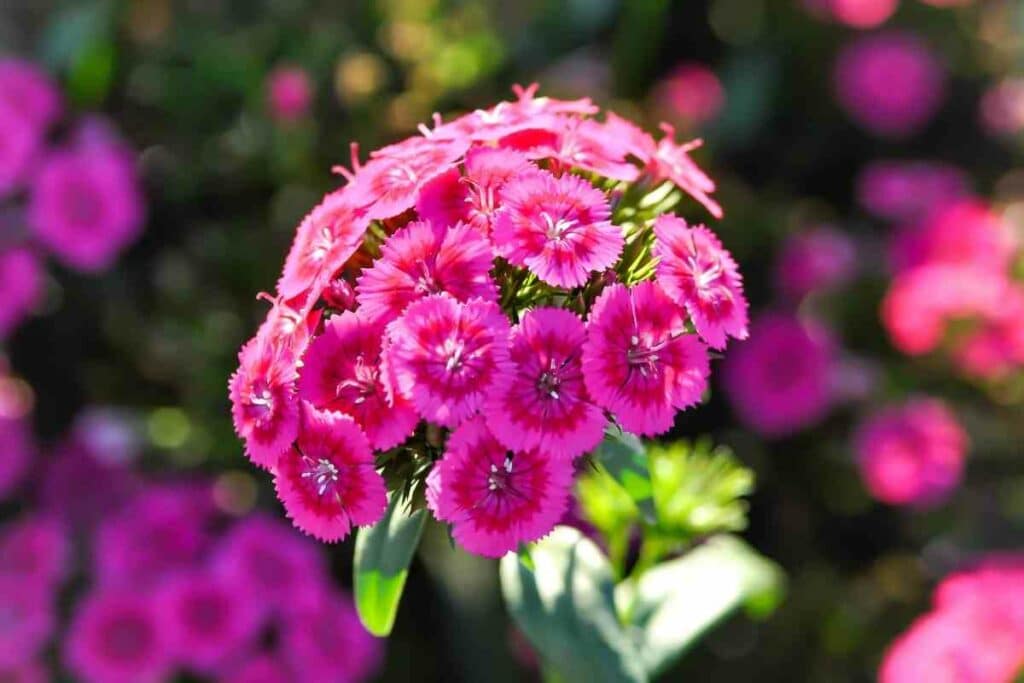
Your plants will not get the required water if the ground is frozen. It is the reason you should water the plants way before the ground freezes.
Furthermore – If you manage a small garden, add sugar to the water before watering your petunias. A ratio of 1:4 of sugar and water will increase photosynthesis.
The energy from the sugar will also provide adequate heat that will insulate your petunias from frost.
However, avoid adding too much sugar as this can attract pests and induce reverse osmosis making your plants lose water faster.
Ensure A Proper Drained Bed
Petunias will thrive like other garden plants if the soil is adequately drained.
The type of soil used in your bed should be porous enough to ensure water drains well.
Avoid using clay or soils with low drainage capacity since they allow water to stagnate and dump the soil.
The roots of your petunias will be able to absorb essential nutrients in well-drained soils.
Also, well-drained soils discourage fungal and bacterial growth that can harm your petunias. Lastly, the roots of the petunias will not rot on an adequately drained bed.
Growing Petunias In Pots
If you live in regions that experience extreme winter, grow your petunias in pots.
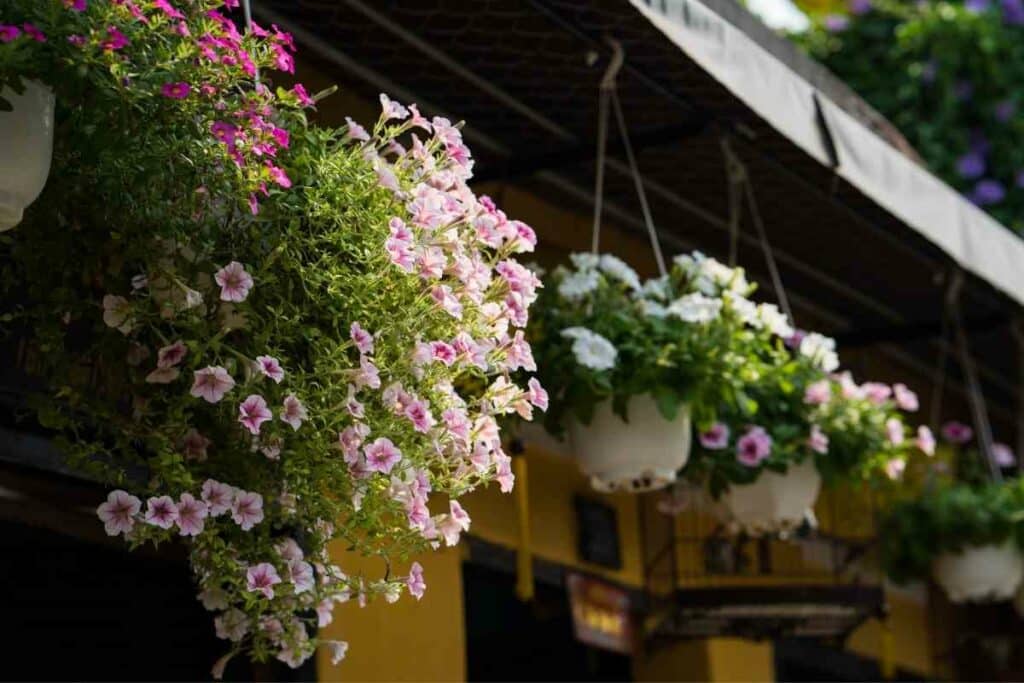
It is easier to manage petunias grown in pots than it is on those grown outside on the beds.
If the temperatures dip, especially at night, you can bring your petunias pots indoors. When the conditions improve, you can quickly return them outside.
Also, it is easier to manage soil drainage in a pot than in a bed.
You can add drainage holes at the bottom of the pot where excess water can drain away. Therefore, your soil will always remain well-drained even when there is a lot of rainfall.
Using Frost Covers
Frost covers are widely available and can be purchased from your local dealer.
These covers are placed over the petunias to create insulation that ensures heat is retained to shield your plants from freezing weather.
How To Overwinter Petunias
If you want to overwinter your petunias, you should grow them in a pot so that once the cold temperatures hit, you can put them indoors, where they will be safe from frost.
Before the fall frost, cut the petunias back approximately 2 inches above the soil.
Plant them in well-drained soil in pots and ensure they have no diseases and are not infested by insects. If you have any doubts, you should treat them before placing them indoors.
Place them where the temperatures are above 40 degrees F. Ensure to water them appropriately but do not overwater.
Only provide water once you notice the soil is dry. Check your petunias every three weeks to ensure they are in good condition.
Transplant them in the bed when spring arrives. The roots will be strong enough and will thrive in the spring weather. Soon they will blossom into beautiful flowers.
Frequently Asked Questions
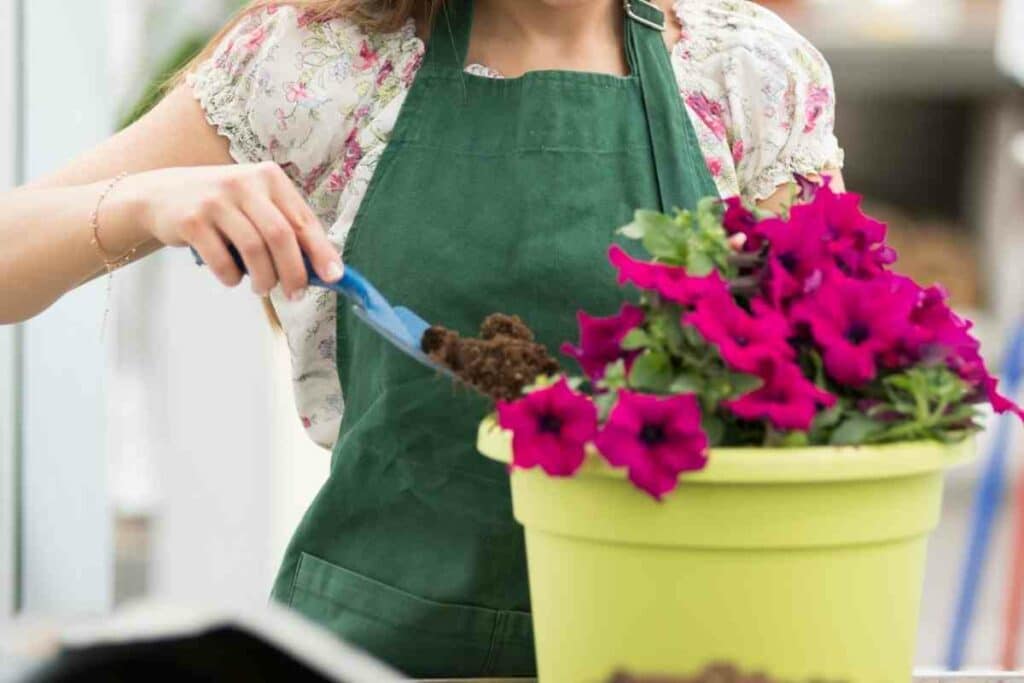
What temperatures will kill petunias?
If not protected, petunias will not survive when the temperature dip below 39 degrees F. However, improved varieties can survive much lower temperatures.
Can I overwinter petunias?
Yes, plant our petunias in a pot and bring them indoors, ensuring the air temperature is above 40 degrees F.
Final Words
As fall temperatures drop, you should be prepared to care for your petunias during the winter.
With proper planning and preparation, your petunias will survive the frosty winter and blossom well come spring.
However, under normal circumstances, when the air temperatures fall below 39 degrees F, your garden petunias will not survive the frost.
Adding mulch or using frost covers can provide insulation from the cold weather. If you place them in pots indoors through the winter, ensure the right conditions are met.


